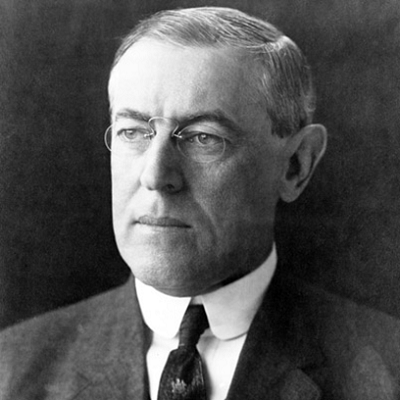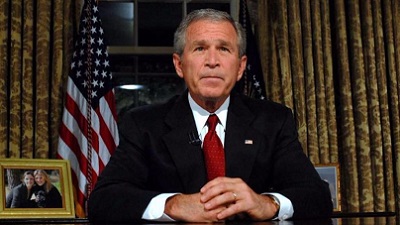During the height of World War One, the world’s deadliest pandemic apparently erupted in an army camp in Kansas and killed as many as 100 million people worldwide. John M. Barry wrote The Great Influenza: The Story of the Deadliest Pandemic in History with a mindset of documenting the process undermining the identification, vaccination, and aftermath of the influenza. The book became something quite different.
 (John M. Barry wrote The Great Influenza: The Story of the Deadliest Pandemic in History).
(John M. Barry wrote The Great Influenza: The Story of the Deadliest Pandemic in History).
The first third of the book was a history for how the medical profession became scientific and credible in the United States. The point in all this was to explain the delay in getting an effective investigation into the underpinnings and understanding of disease that was genuinely lacking when the influenza itself hit. This was mildly interesting, yet not the thing that brought me into reading this book in the middle of COVID-19. The Influenza Pandemic of 1918-1919. My larger intention was to take a look into the role society and its leaders had in responding to the illness roughly a century ago.
A fair amount of the book dealt with the message delivered to the public about the nature of the influenza disease, how the medical and large scale response to it was developing, and the measures in play to understand the disease and come to a cure. A major complication with that was the internal governmental conflict between assigning competent medical personal to the military, getting the military to respond effectively to medical personal while trying to mobilize army and navy efforts for military conflict in Europe during world war, and efforts to pay for that war. Many things at a governmental level brought into conflict the notion of mounting a war with the notion of mounting an effective campaign against an infectious disease. A story included in The Great Influenza that appeals to readers that like fiction is the pull of medical service for the military and the medical service for the larger public.
 (Woodrow Wilson was the 28th President of the United States and commander in chief at the time of the influenza of 1918-1919).
(Woodrow Wilson was the 28th President of the United States and commander in chief at the time of the influenza of 1918-1919).
With this pursuit in mind, the press of the period was putting the best face on morale for the sake of the war effort. Everything spoken of through the government was putting a good face on the story of the pandemic, claiming victory over the illness prematurely while inflicting penalties on news sources (primarily newspapers in the day) for reporting the truth forthrightly, squarely, honestly. This seems to have come on order straight from United States President Woodrow Wilson, and cascaded through the burgeoning medical service. John M. Barry argued in The Great Influenza that efforts to mitigate the death associated with the disease of 1918-1919 was slowed by the lack of transparent communication and government policy agendas in play at the time of the war and pandemic.
 (George W. Bush was the 43rd President of the United States and in office when The Great Influenza: The Story of the Deadliest Pandemic in History was published).
(George W. Bush was the 43rd President of the United States and in office when The Great Influenza: The Story of the Deadliest Pandemic in History was published).
This book was first published in 2004. It led to government planning for pandemic response with then president George W. Bush, as indicated in a National Institute of Health article from 2005. Many of the problems warned of in The Great Influenza have come true during the COVID-19 era. The science in the book, therefore, seems to have afforded an ability for mitigation plans, thus lending credibility to the recommendations in the book. The look for the current US President, Donald Trump in the COVID-19 era, is not entirely positive.
 (Donald Trump is the 45th President of the United States and commander in chief at the onset of COVID-19).
(Donald Trump is the 45th President of the United States and commander in chief at the onset of COVID-19).
The Great Influenza: The Story of the Deadliest Pandemic in History offers the ability for a decent companion piece of the influenza of 1918-1919 and COVID-19 of today, as in reading newspapers, websites, and following the news in comparison to the book. At this level, the book works for those feeling passionately about the nature of politics and leadership on pandemic disease today. For other purposes, some might lose interest in John M. Barry‘s book at a point after the current pandemic. I offer the book The Great Influenza: The Story of the Deadliest Pandemic in History by Ernest John M. Barry at 3.5-stars on a scale of one-to-five.
Matt – Wednesday, June 3, 2020
